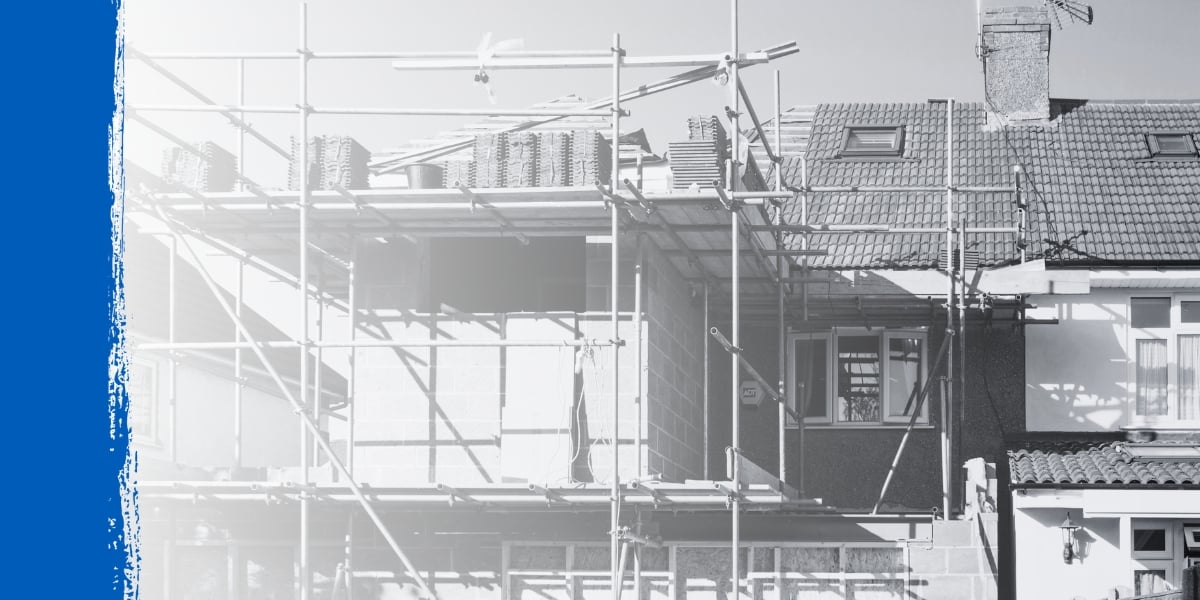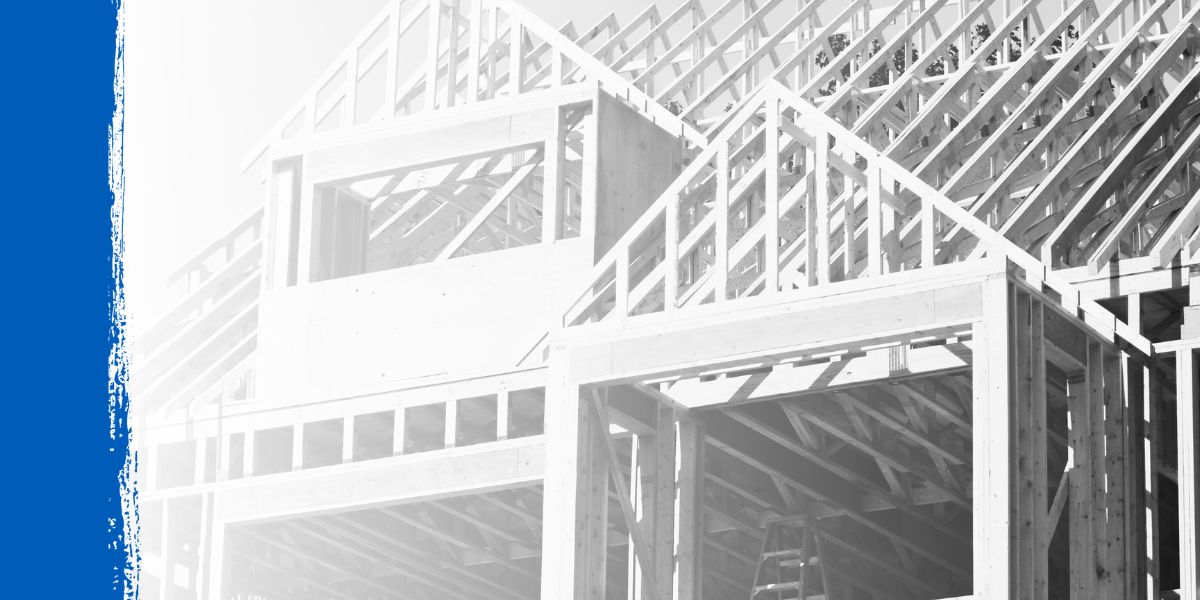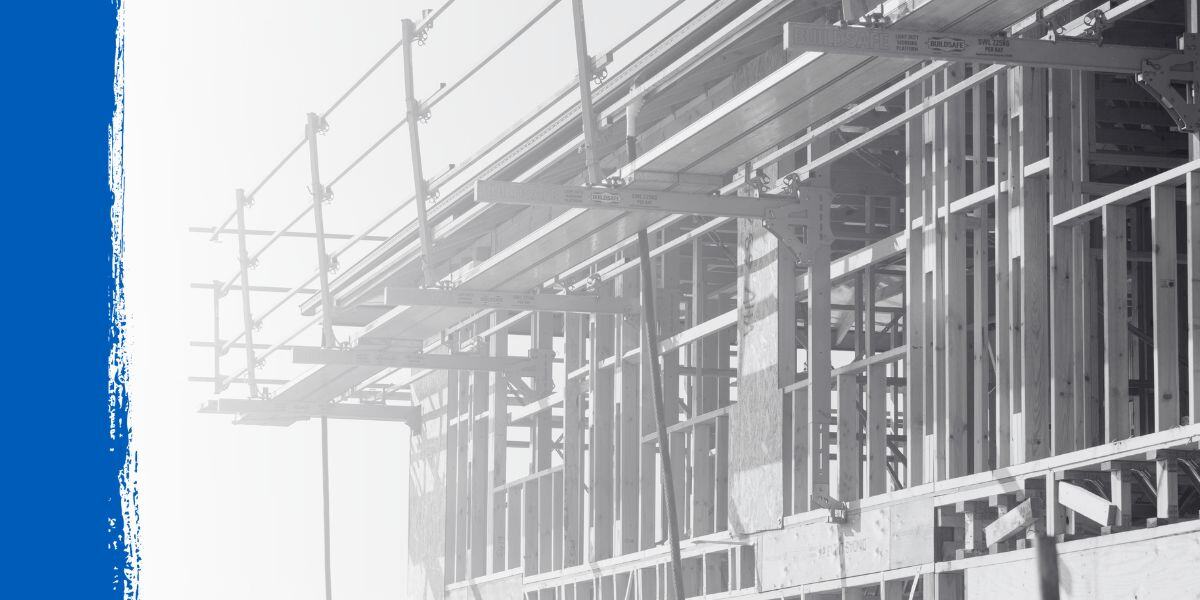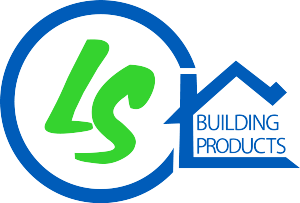Every successful construction project depends on a good eye for controlling costs. With material costs and prices, labor costs, and overhead expenses rising and falling over time, contractors and project managers must use strategic cost-saving measures to maintain profitability and deliver projects on time and within budget.
In this article, we'll explore eight proven strategies and show you how to reduce construction costs without compromising quality or safety.
Strategic Sourcing
Strategic sourcing is a methodical approach to finding reliable suppliers and buying construction materials. Key strategic sourcing components include:
- Supplier evaluation: Continuously evaluate every supplier's ability to deliver materials or services that meet the project's requirements. Consider cost structures, product quality, reliability, and capacity to deliver on time. Building long-lasting supplier relationships is important, but don't hesitate to take your business elsewhere if a supplier consistently lets you down.
- Supplier selection: Buy from suppliers with the best price, quality, and service to ensure a steady supply of cost-effective materials throughout the project.
- Spend analysis: Monitor spend to identify cost reduction opportunities. For example, evaluate vendor contracts to find more favorable terms, consolidate purchases, or identify and eliminate unnecessary or redundant services. Additionally, keep track of recurring expenses to spot trends and take preemptive measures to avoid cost overruns.
- Supplier consolidation: Consider reducing the number of suppliers to eliminate administrative costs and improve efficiency. Consolidation also helps construction projects negotiate better prices and terms.
Optimize Spending
Saving money begins with making informed decisions about where and how to allocate funds. With a limited budget, it's worth spending time to ensure you spend where you need to and save where you can.
There are hundreds of ways to save anywhere from a few dollars to several thousand. Here are some intelligent spending strategies to consider:
Buy Finished Lots
Purchasing finished lots can be a cost-effective strategy to cut costs and reduce construction cost. Unlike raw land, finished lots come with the infrastructure already in place, such as roads, utilities, and permits. Although the upfront costs of finished lots may be higher, they are offset by a reduced need for investment in site preparation and development.
Partner with Reputable Suppliers
Building materials account for a significant proportion of total project costs. Any reduction in materials cost can help you to keep project profits within the normal range of about 10%. However, it's important to prioritize quality while still seeking out cost-effective options. A reputable local supplier like LS Building Products can help ensure access to all the materials you need at competitive prices.
Buy in Bulk
Ordering materials in larger quantities helps contractors secure favorable per-unit prices and minimize transportation costs. Additionally, sourcing wholesale building materials locally whenever possible can help reduce shipping expenses and storage costs and support the local economy.
Streamline Labor
Labor costs can consume 40% of a construction project's budget. Skilled labor is essential to the construction industry, but without careful management, labor costs can quickly run out of control, eating into construction company' profit margins. Let's look at a few tips for minimizing labor costs.
- Hire experienced contractors who have the skills and knowledge to complete tasks correctly the first time. Mistakes extend project timelines and create expensive rework.
- Incorporate prefabricated components, such as roof and floor trusses and prefabricated wall panels, into the construction process. Pre-fab components are made off-site and assembled on-site. You'll need less skilled labor and shorter construction timelines.
- Adjust the workforce size according to the work intensity required at different stages to avoid under-utilization or overstaffing.
Control Overheads
Effective project management is essential for minimizing waste and controlling general overhead costs. By streamlining processes, improving communication, and leveraging technology, contractors can reduce waste, track project progress, minimize delays, and keep overhead expenses at the national average of around 6% of the total project cost.
- Use construction management software for real-time collaboration, document sharing, and project progress tracking. The software ensures all team members work towards the same goals and can quickly identify and address any issues.
- Carry out regular project reviews and construction stage meetings to identify areas for improvement and ensure everyone is on the same page.
- Build strong relationships with project stakeholders, including clients, suppliers, and subcontractors. A collaborative approach minimizes misunderstandings, reduces the risk of disputes, and keeps projects running smoothly.
Build Relationships with Lenders
Securing favorable financing terms is essential to save money and reduce construction cost. Therefore, shop around for the best interest rates and learn how to negotiate flexible repayment terms. Build relationships with lenders, who are often happy to offer attractive rates to contractors with a full project team and proven track record.
Paying bills on time, managing debt responsibly, and keeping accurate financial records can help contractors qualify for lower interest rates and more favorable loan terms.
Design for Cost-Efficiency
Optimize the design and construction process to achieve the best possible balance between cost, quality, and functionality. Contractors who analyze each aspect of the project and identify opportunities for improvement can reduce costs without sacrificing performance.
- Choose building designs that maximize space efficiency and reduce the overall square footage of the building. Efficient designs lead to significant savings on materials, labor cost, and ongoing maintenance costs.
- Use stock plans to reduce design time and minimize the risk of construction errors. Contractors can streamline the design process by starting with a proven template and making minor modifications.
- Simplify roof designs to cut down on expenses. By opting for less complex roof structures, contractors can reduce the amount of framing, sheathing, and roofing materials required and the time and skill needed for installation.
- Work with a building products supplier who can help you select affordable, high-performance materials to reduce upfront and long-term costs.
Save on Interior Construction
When it comes to interior finishes, contractors can use several strategies to minimize waste and reduce costs without compromising on aesthetics or functionality.
- Use drywall for ceilings instead of more expensive options like wood paneling or suspended ceiling systems. Drywall is less expensive, simple to install, and provides a clean, modern look.
- Design open-plan layouts that minimize the need for interior walls and doors. Open-plan reduces material and interior construction work costs while creating a more spacious and flexible living environment.
- Choose basic kitchen and bathroom fixtures and appliances. By starting with simple, functional options that can be easily upgraded later, contractors can provide a solid foundation for future improvements without breaking the budget.
- To stretch the budget further, buy interior finishes and fixtures from wholesale suppliers. By strategizing when and where to buy these items, contractors can secure significant savings without sacrificing quality.
Minimize Change Orders
Change orders are among the most common causes of cost overruns. To minimize the risk of change orders, invest time and effort in thorough planning and communication throughout the project. Help your clients define their needs and expectations early to reduce the chance of surprise project scope changes. Conduct detailed site assessments and feasibility studies to identify potential challenges early on.
Control Construction Costs with LS Building Products
LS Building Products is committed to helping contractors and construction companies find cost savings without compromising quality in their construction projects. We stock a range of high-quality materials at competitive prices to help you save money, including:
To learn more about how we can help you control and even reduce construction costs, talk to a building supplies expert or drop into our stores in East Peoria, Champagne, Pontiac, or Springfield.
.png?width=98&height=67&name=Logo%20(13).png)
 How to Reduce Construction Costs with 8 Proven Strategies" loading="lazy">
How to Reduce Construction Costs with 8 Proven Strategies" loading="lazy">





